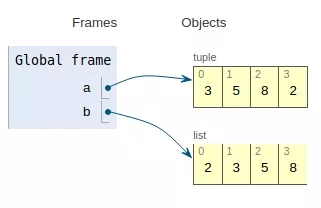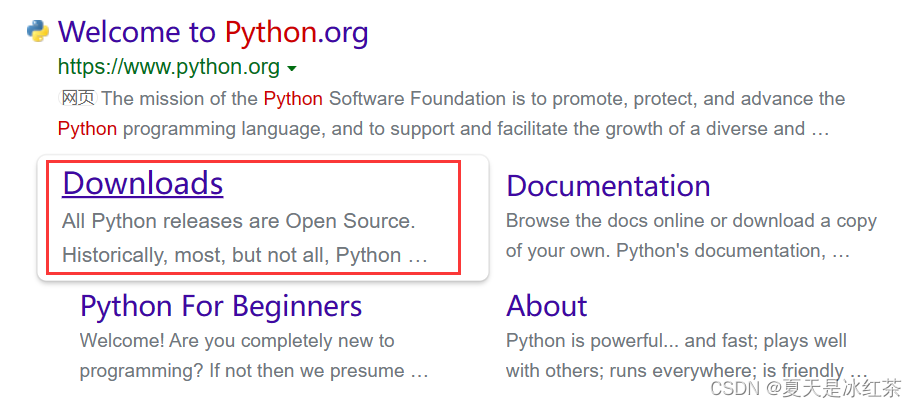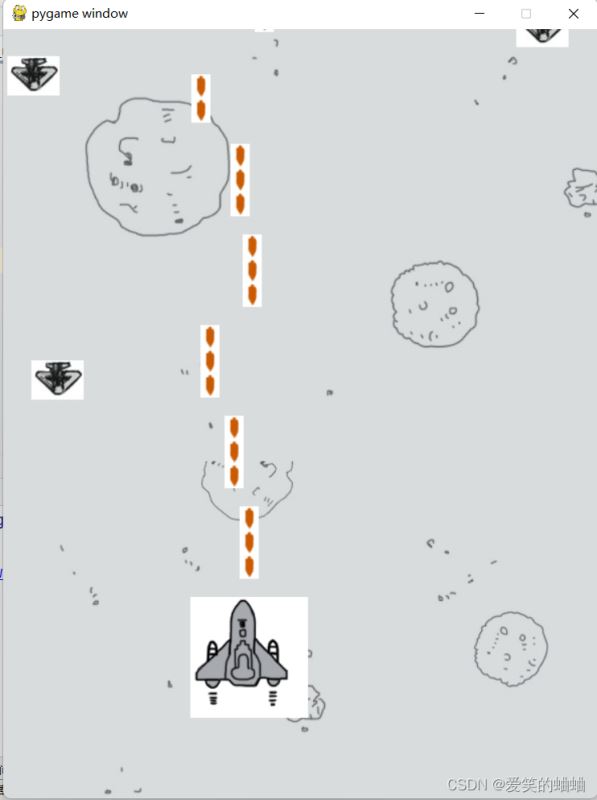这两天一直在看tensorflow中的读取数据的队列,说实话,真的是很难懂。也可能我之前没这方面的经验吧,最早我都使用的theano,什么都是自己写。经过这两天的文档以及相关资料,并且请教了国内的师弟。今天算是有点小感受了。简单的说,就是计算图是从一个管道中读取数据的,录入管道是用的现成的方法,读取也是。为了保证多线程的时候从一个管道读取数据不会乱吧,所以这种时候 读取的时候需要线程管理的相关操作。今天我实验室了一个简单的操作,就是给一个有序的数据,看看读出来是不是有序的,结果发现是有序的,所以直接给代码:
import tensorflow as tf
import numpy as np
def generate_data():
num = 25
label = np.asarray(range(0, num))
images = np.random.random([num, 5, 5, 3])
print('label size :{}, image size {}'.format(label.shape, images.shape))
return label, images
def get_batch_data():
label, images = generate_data()
images = tf.cast(images, tf.float32)
label = tf.cast(label, tf.int32)
input_queue = tf.train.slice_input_producer([images, label], shuffle=False)
image_batch, label_batch = tf.train.batch(input_queue, batch_size=10, num_threads=1, capacity=64)
return image_batch, label_batch
image_batch, label_batch = get_batch_data()
with tf.Session() as sess:
coord = tf.train.Coordinator()
threads = tf.train.start_queue_runners(sess, coord)
i = 0
try:
while not coord.should_stop():
image_batch_v, label_batch_v = sess.run([image_batch, label_batch])
i += 1
for j in range(10):
print(image_batch_v.shape, label_batch_v[j])
except tf.errors.OutOfRangeError:
print("done")
finally:
coord.request_stop()
coord.join(threads)
记得那个slice_input_producer方法,默认是要shuffle的哈。
Besides, I would like to comment this code.
1: there is a parameter ‘num_epochs' in slice_input_producer, which controls how many epochs the slice_input_producer method would work. when this method runs the specified epochs, it would report the OutOfRangeRrror. I think it would be useful for our control the training epochs.
2: the output of this method is one single image, we could operate this single image with tensorflow API, such as normalization, crops, and so on, then this single image is feed to batch method, a batch of images for training or testing wouldbe received.
tf.train.batch和tf.train.shuffle_batch的区别用法
tf.train.batch([example, label], batch_size=batch_size, capacity=capacity):[example, label]表示样本和样本标签,这个可以是一个样本和一个样本标签,batch_size是返回的一个batch样本集的样本个数。capacity是队列中的容量。这主要是按顺序组合成一个batch
tf.train.shuffle_batch([example, label], batch_size=batch_size, capacity=capacity, min_after_dequeue)。这里面的参数和上面的一样的意思。不一样的是这个参数min_after_dequeue,一定要保证这参数小于capacity参数的值,否则会出错。这个代表队列中的元素大于它的时候就输出乱的顺序的batch。也就是说这个函数的输出结果是一个乱序的样本排列的batch,不是按照顺序排列的。
上面的函数返回值都是一个batch的样本和样本标签,只是一个是按照顺序,另外一个是随机的
以上就是关于Tensorflow中的tf.train.batch函数的使用。或许你现在仍不得志,默默的在自己的岗位上奋斗;或许你现在仍不强大,辛苦的功劳被别人抢走也无可奈何。但请别着急,踏实一点,全力以赴的做好那件小事,坚持住,你想要的,岁月最终都会给你。更多关于关于Tensorflow中的tf.train.batch函数的使用请关注haodaima.com其它相关文章!





